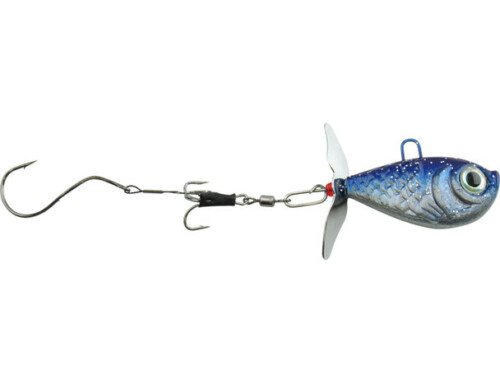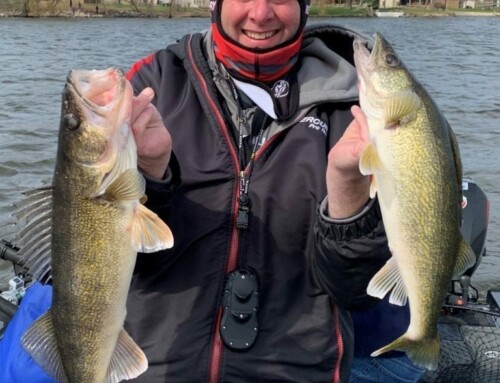Outdoor enthusiasts – cross-country skiers, ice fishers, hikers and snowmobilers – are urged to ask local businesses and sporting organizations about the area’s ice conditions before they go on the ice and be prepared if they do venture out.
 The recent storms have brought sub-zero temperatures into the state, which are just starting the process of forming ice on lakes, flowages and ponds.
The recent storms have brought sub-zero temperatures into the state, which are just starting the process of forming ice on lakes, flowages and ponds.
The DNR does not monitor ice conditions, making it individual’s responsibility to learn those conditions. Good sources of local ice conditions include bait store operators, fishing clubs around lakes, ice fishers and snowmobile clubs. These are the places locally most likely to have the most current information about the lakes and areas.
The ice conditions on any lake can vary from location to location. Remember, even though it may look thick on the surface, moving water from streams, rivers and springs can cause ice to form unevenly.
People who do venture out on the ice should:
- Dress warmly in layers and consider wearing a life jacket or vest.
- Not go alone. Head out with friends or family. Take a cell phone and make sure someone knows where you are and when you are expected to return.
- Know before you go. Don’t travel in areas you are not familiar and don’t travel at night or during reduced visibility.
- Avoid inlets, outlets or narrow that may have current that can thin the ice.
- Look for clear ice, which is generally stronger than ice with snow on it or bubbles in it.
- Carry some basic safety gear: ice claws or picks, a cellphone in a waterproof bag or case, a life jacket and length of rope, and a spud bar to check ice while walking to new areas.
- Wear creepers attached to boots to prevent slipping on clear ice and take extra mittens or gloves so you always have a dry pair.
If you go through the ice:
- Carry a set of ice picks in your pocket to help you climb out of the ice hole.
- Once out of the water, do not stand up. Rather, walk on your forearms until the majority of your body is on solid surface.
- Try to remain calm, call for help and take steps to get out of the water as soon as possible.
The DNR also has information on its website about what to do should you fall through the ice and how to make ice claws. Learn more by searching the DNR website for “ice safety.”





